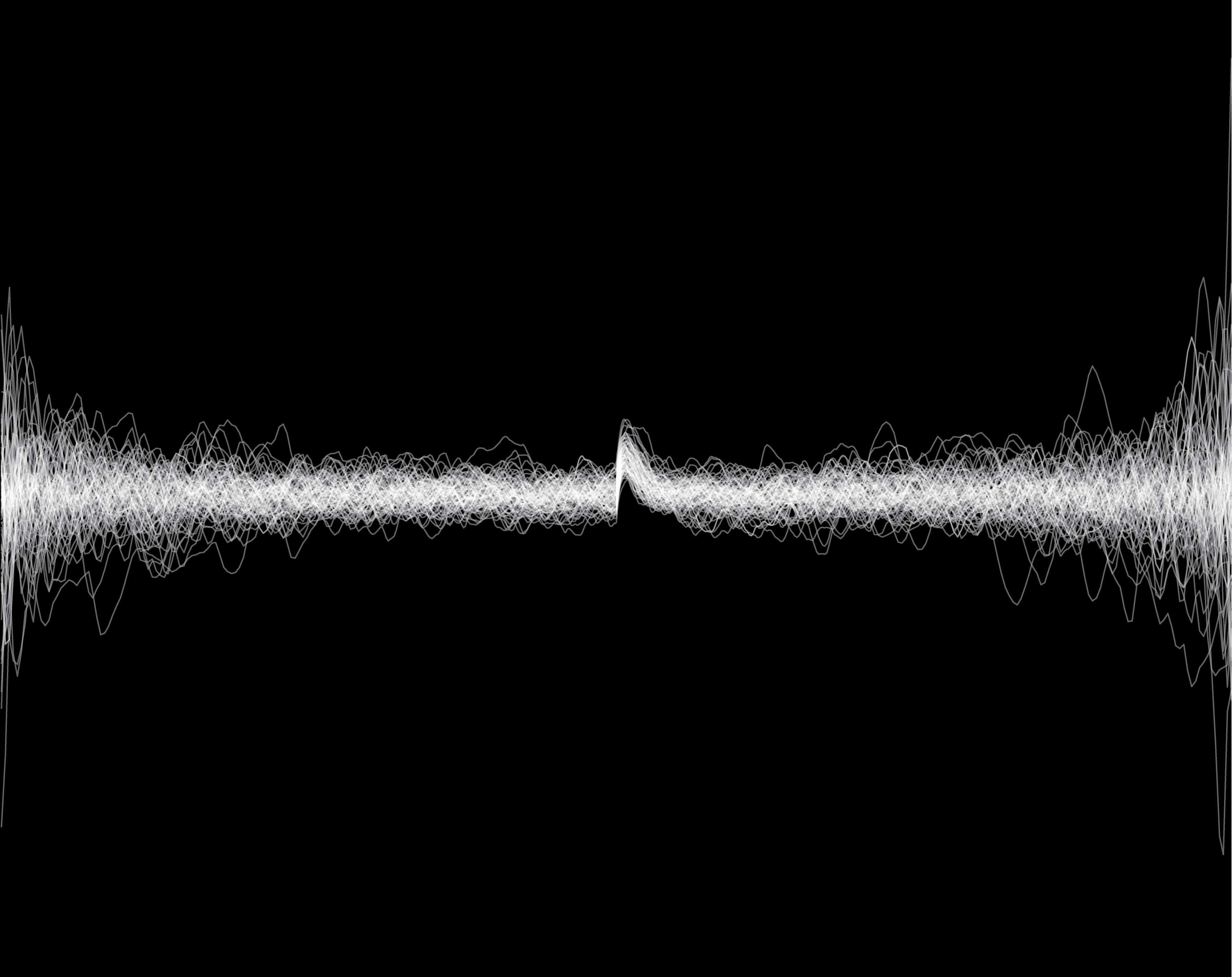To respond to a changing environment, cells have to express the right genes at the right time.
We want to understand how these robust programs emerge from random molecular events.
Understanding how cells reprogram in response to their environment – for instance the forces they undergo within tissue – will give us new tools to tackle wound healing or cancer.
We want to understand how these robust programs emerge from random molecular events.
Understanding how cells reprogram in response to their environment – for instance the forces they undergo within tissue – will give us new tools to tackle wound healing or cancer.
We develop new imaging technologies to visualize the activity of individual genes, in real time, in living cells.
From imaging individual molecules to entire tissues, our research bridges scales in order to understand how robust processes emerge from random molecular collisions.
We use computational tools to convert our observations into quantitative, predictive models.
To respond to a changing environment, cells have to express the right genes at the right time.
We want to understand how these robust programs emerge from random molecular events.
Understanding how cells reprogram in response to their environment – for instance the forces they undergo within tissue – will give us new tools to tackle wound healing or cancer.
We want to understand how these robust programs emerge from random molecular events.
Understanding how cells reprogram in response to their environment – for instance the forces they undergo within tissue – will give us new tools to tackle wound healing or cancer.
We develop new imaging technologies to visualize the activity of individual genes, in real time, in living cells.
From imaging individual molecules to entire tissues, our research bridges scales in order to understand how robust processes emerge from random molecular collisions.
We use computational tools to convert our observations into quantitative, predictive models.
